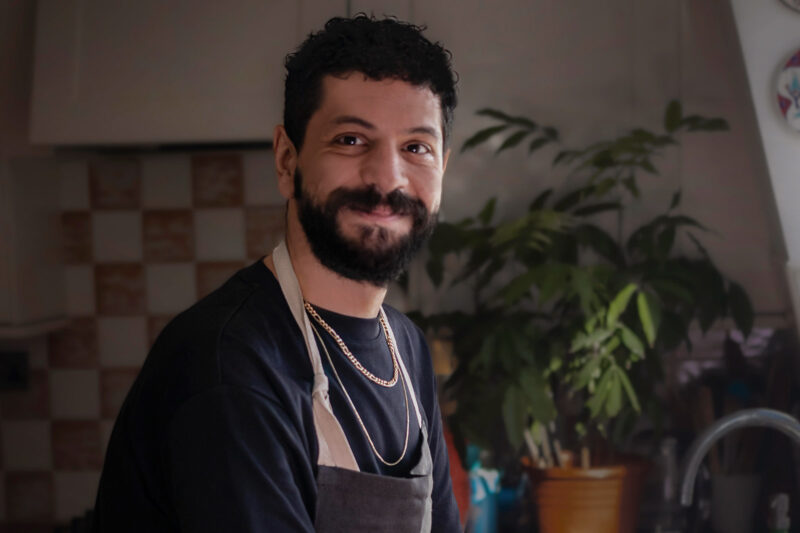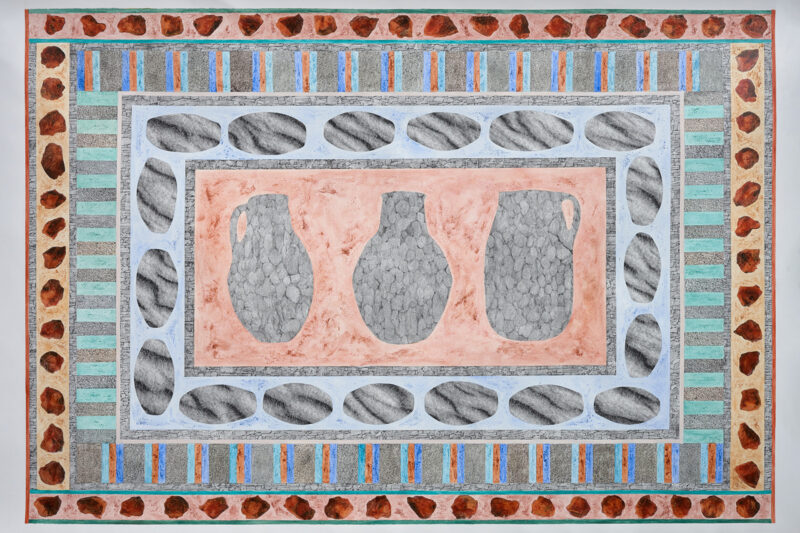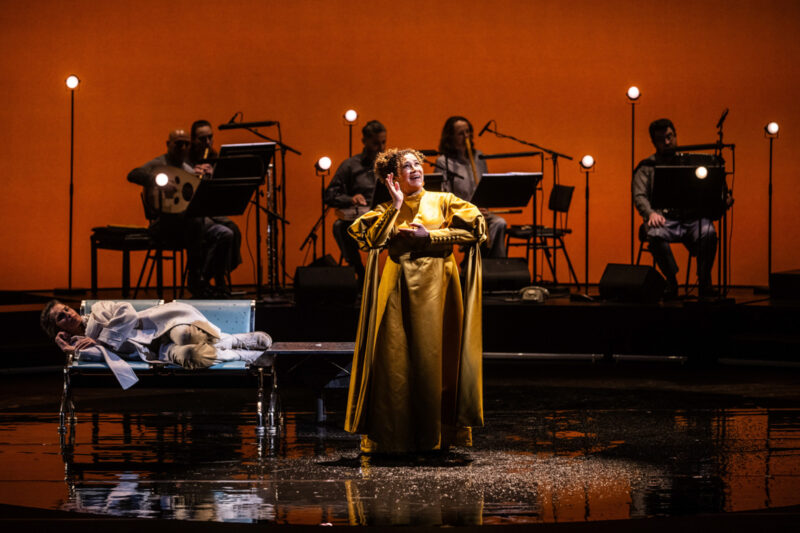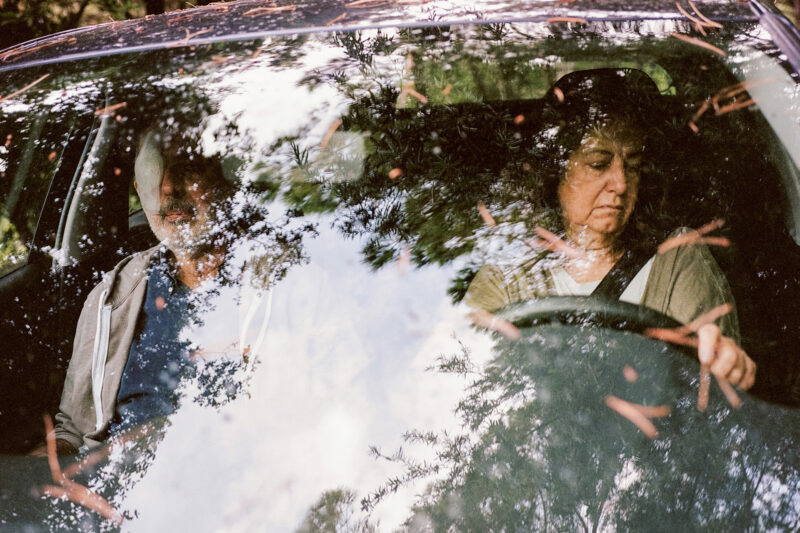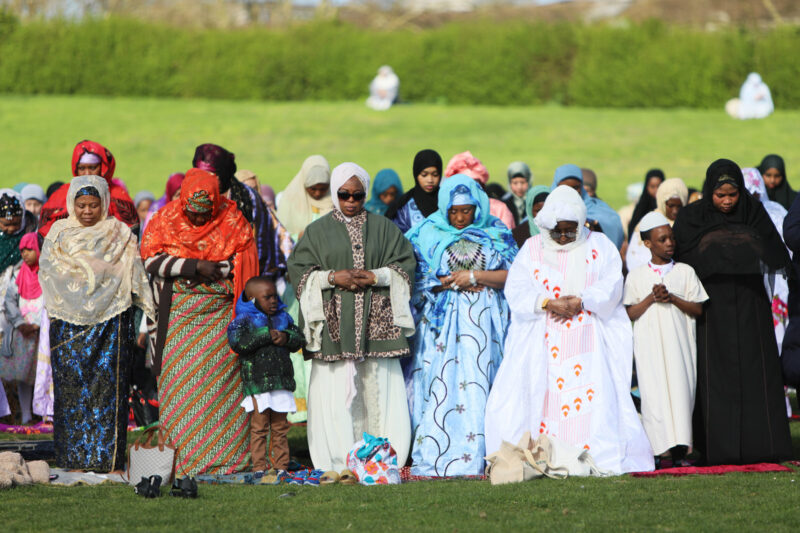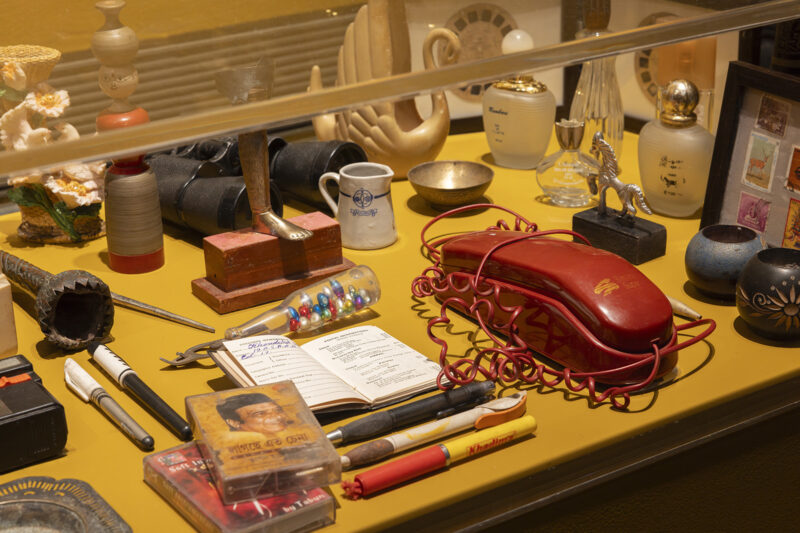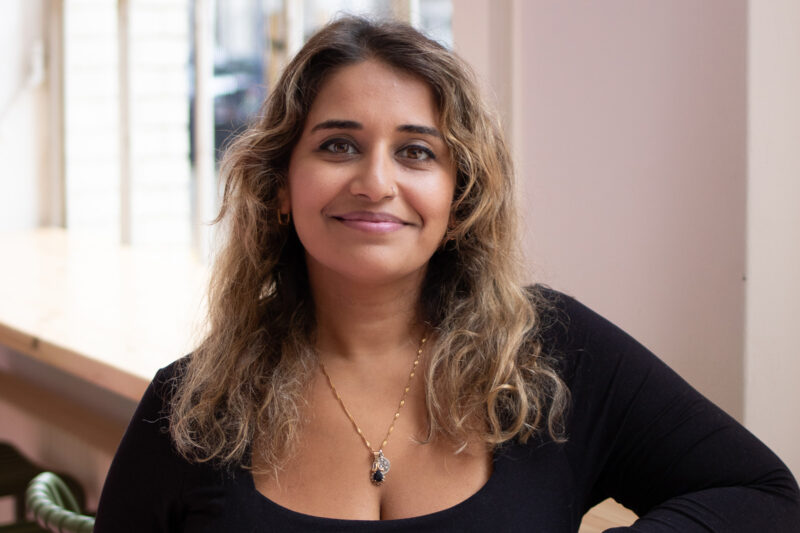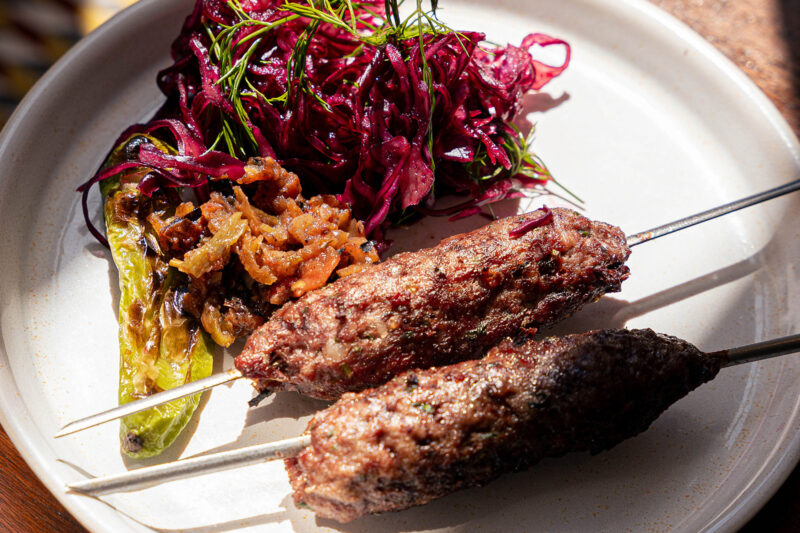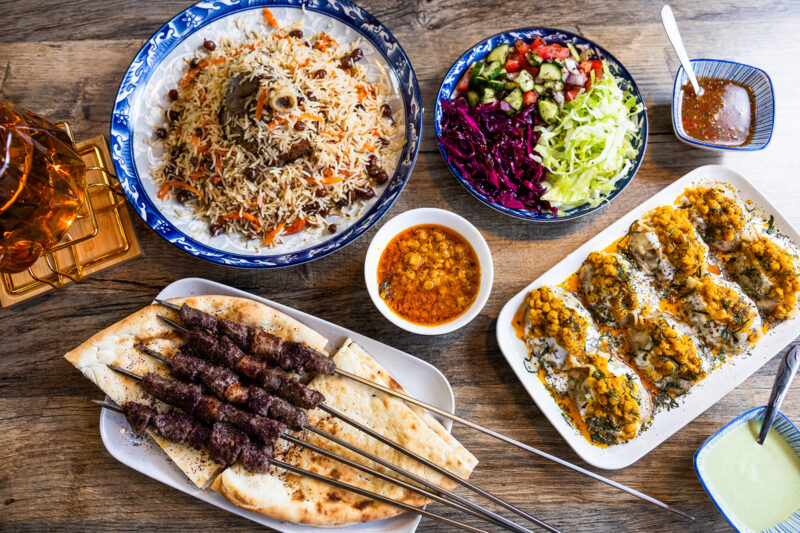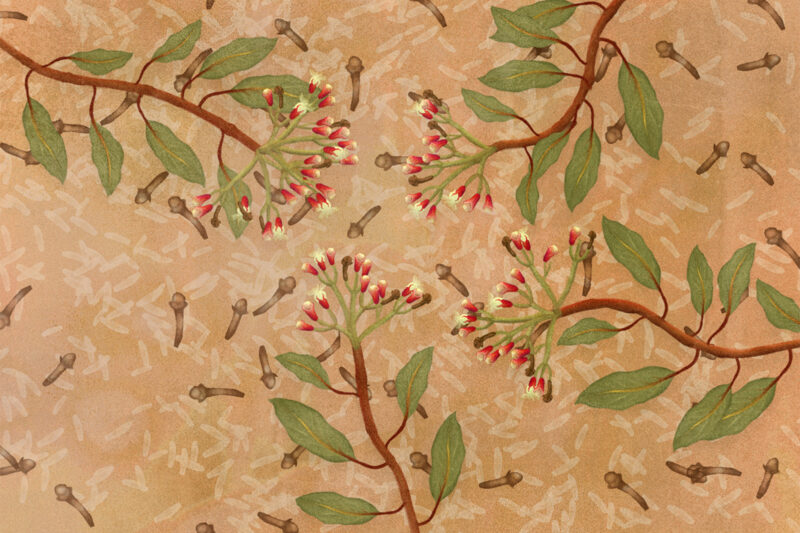Not another Dubai chocolate story
Everyone knows about the pistachio-packed online sensation, but Arab chocolatiers have been working magic for centuries
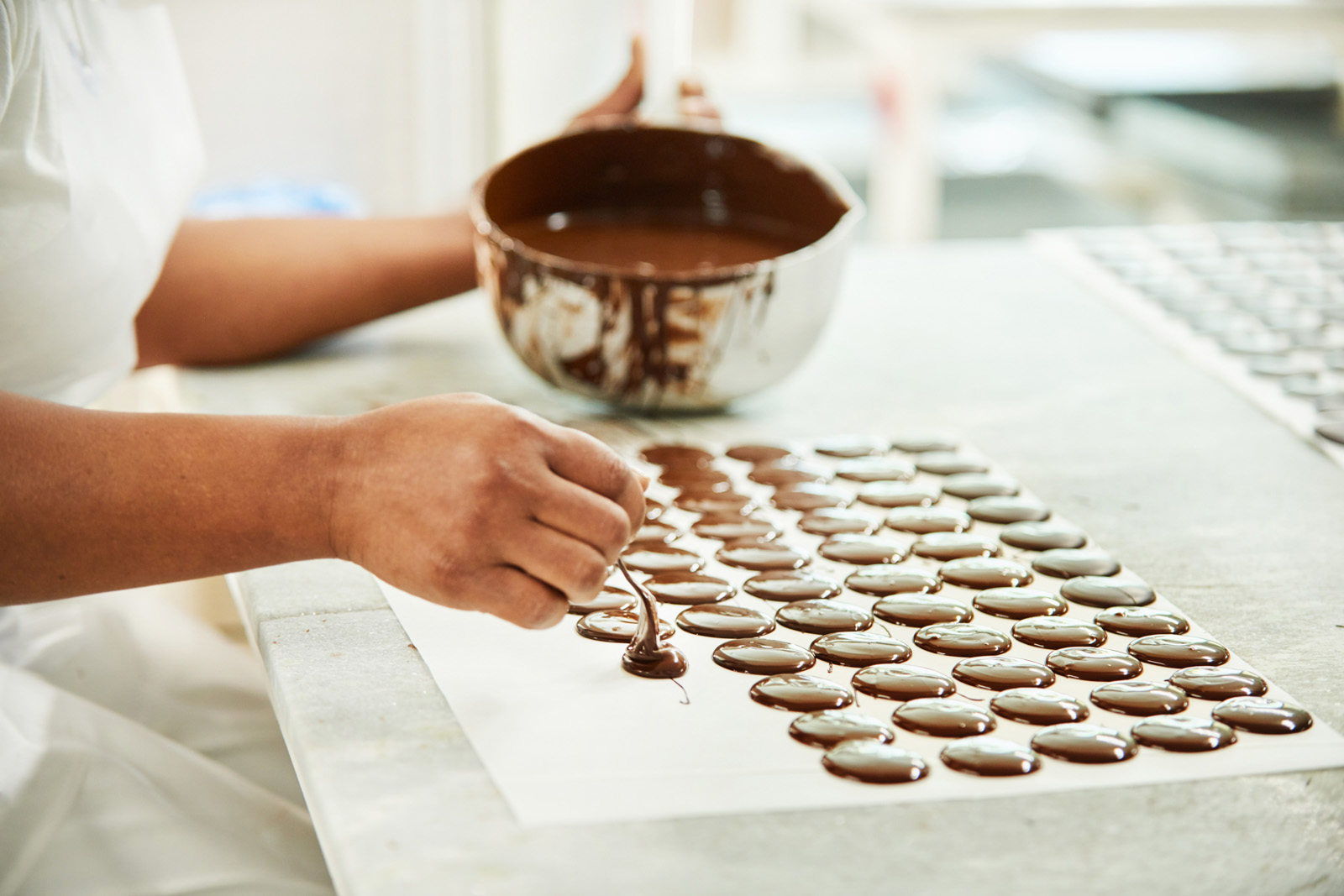
Launched in 2022 by the Dubai-based Fix Dessert Chocolatier, the pistachio and kadayif-packed Can’t Get Knafeh of It bar quickly became a viral phenomenon. Social media is still awash with recipes for baklava, ice cream, cheesecake and doughnuts inspired by it, shelves have been stripped of pistachio cream and every high street brand from M&S to Lidl has its own take on the formula.
But this is not yet another article about Dubai chocolate. To those of us familiar with the flavours and ingredients of the Arab world, the hype surrounding it is slightly bewildering. Across the Middle East, kadayif is often added to contemporary desserts and pistachio chocolate is nothing new, either. In fact, the region has some of the best chocolate in the world.
While most people in the west associate countries such as Switzerland and Belgium with gourmet chocolate, Arab cities including Damascus and Beirut have long been equally renowned within the region. Chocolate also melts into Arab social life, offered as a treat for guests or as a special occasion centrepiece, from ornately arranged wedding displays to meticulously wrapped blue and pink baby shower favours.
Ghraoui is one of the Middle East’s most fabled chocolatiers. The company’s roots go back to Damascus in 1805, when it began as a commodities trading business. In the 1930s, head of the family Sadek Ghraoui visited France and came back with a mission to bring quality chocolate to Syria. In just a few years, Ghraoui had built such a reputation that its products were sold in London department stores such as Harrods and Fortnum & Mason. It also later won the coveted title of official purveyor to Queen Elizabeth II.
Following nationalisation by Syria’s Ba’athist government in 1965, the Ghraoui family were forced to start again in a small shop they still owned. From there, a new company grew, establishing its own Damascus factory and picking up a host of international awards. In 2017, as a consequence of the civil war in Syria, Ghraoui relaunched in Budapest and now offers online ordering and international shipping.
I ordered the Medio milk chocolate selection at €37 (£31). When it arrived, the packaging was luxurious and the contents included crunchy croquants, pralines and hazelnut chocolates, all adorned with the company’s signature G or a floral design. When it came to the eating, however, I couldn’t help thinking that the Ghraoui’s tumultuous past and multiple reinventions may have stripped away some of the brand’s identity, lacking the depth and refinement of flavour that you get from a true artisan chocolatier.

Beirut-based Patchi has a rather more recent history, founded by Nizar Choucair in the busy Hamra area of central Beirut 50 years ago. Since then, the brand has moved with the times and has a fresh contemporary vibe. Its creations are available to order online and at boutiques across the Middle East and Asia. The company also has a counter at Harrods, with which it collaborated in 2008 to create the world’s most expensive box of chocolates at an eyewatering £5,000.
Fortunately, a visit to Patchi’s Harrods concession allows customers with a smaller budget to buy ready-made selection boxes from £23 or pick and mix their own — and perhaps even get a sample or two along the way. Individually wrapped in sophisticated muted colours, classic pralines sit alongside more daring flavour combinations such as matcha-pistachio and yuzu truffle.
Several of Patchi’s confections could only have come from the Middle East, especially the cardamom cup and a milk chocolate with rose cream and loukoum that immediately transports you to the Grand Bazaar in Istanbul. Truffles with a hint of orange blossom nod to one of Lebanon’s signature dessert flavours and there are various different pistachio options, if you’ve not had enough of that yet.
Maison Samadi is a UK chocolatier with Lebanese roots that date back to 1872. The company offers an elevated take on special occasion chocolate from its own store in Hammersmith, west London, and is available on the shelves of the food hall at Harvey Nichols in Knightsbridge. Its signature collections, which include Italian-style gianduja, pistachio, halawa pistachio and nougatine, start at £24.
When the Dubai chocolate wave first broke, the company moved quickly to release its own Dubai Viral Style Chocolate Heritage Collection in biscoofi crunchy cream, pistachio, knafeh and fudge brownie versions, available in both in store and online from £15.75. My personal favourite, however, is the company’s assorted signature box at £44.90, which includes pistachio, hazelnut, gianduja and coffee and halawa milk and dark chocolates.
It is very easy to pinpoint what makes substandard chocolate bad — saccharine sweetness, grainy texture, the Parmesan/vomit taste of butyric acid encountered in some American brands. Great chocolate, however, is subtle, silky, understated and balanced. Maison Samadi and Patchi deliver on all those fronts. Like other great chocolatiers, they also succeed in drawing on the heritage of their brands while experimenting with flavours and embracing new trends in a way that feels natural and unforced.
As a self-diagnosed chocolate addict and probably the unofficial world record holder for most Ferrero Rochers eaten in one sitting, I never fail to be excited by new developments in the world of confectionery. Despite my misgivings about the phenomenon, the stratospheric popularity of Dubai chocolate shows that many of its fans could be ready for an even greater range of tastes and textures. If that helps to put the growing number of artisanal and luxury chocolatiers in the Middle East on the map, wouldn’t life be sweet?
 Newsletter
Newsletter


